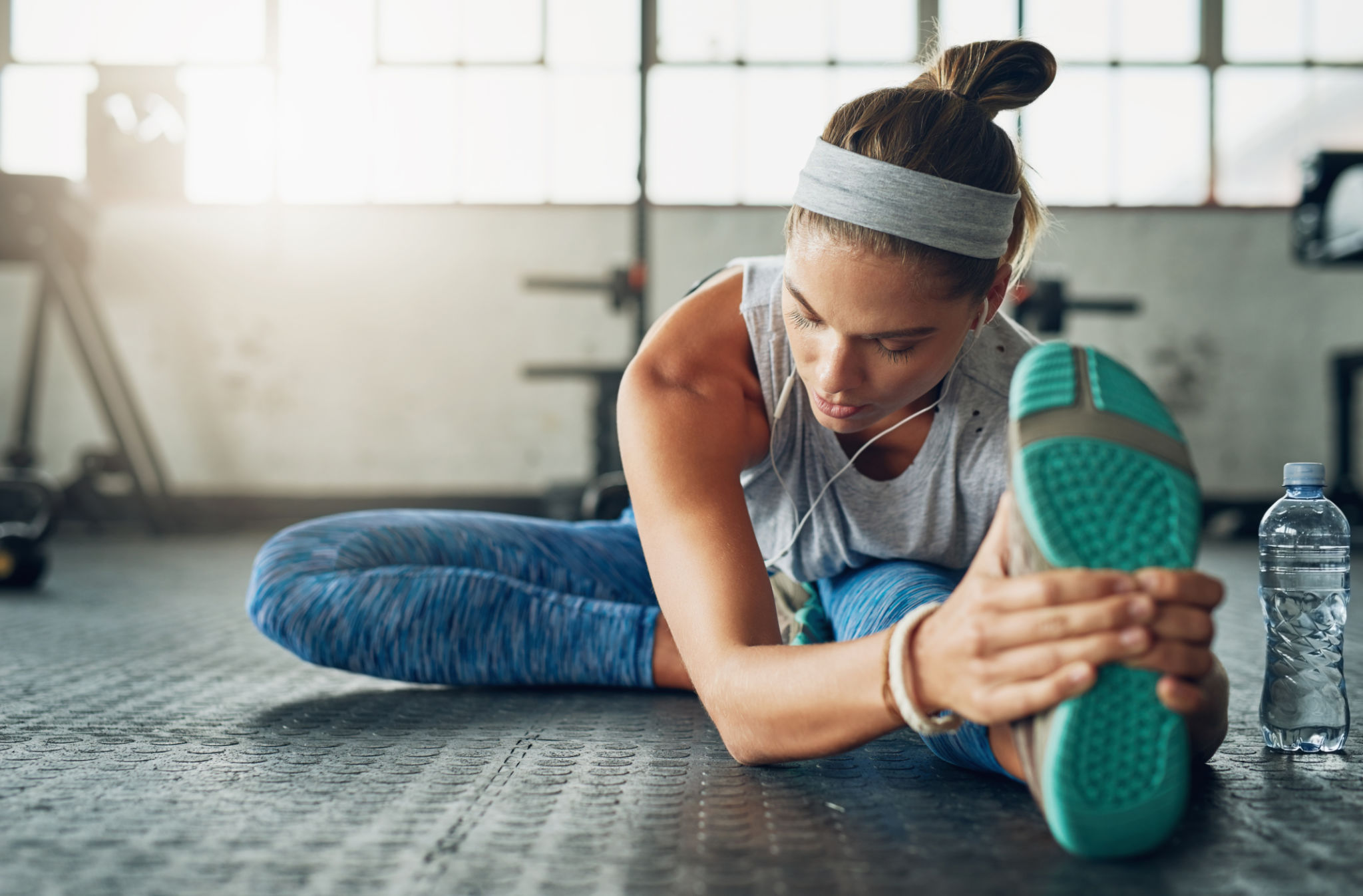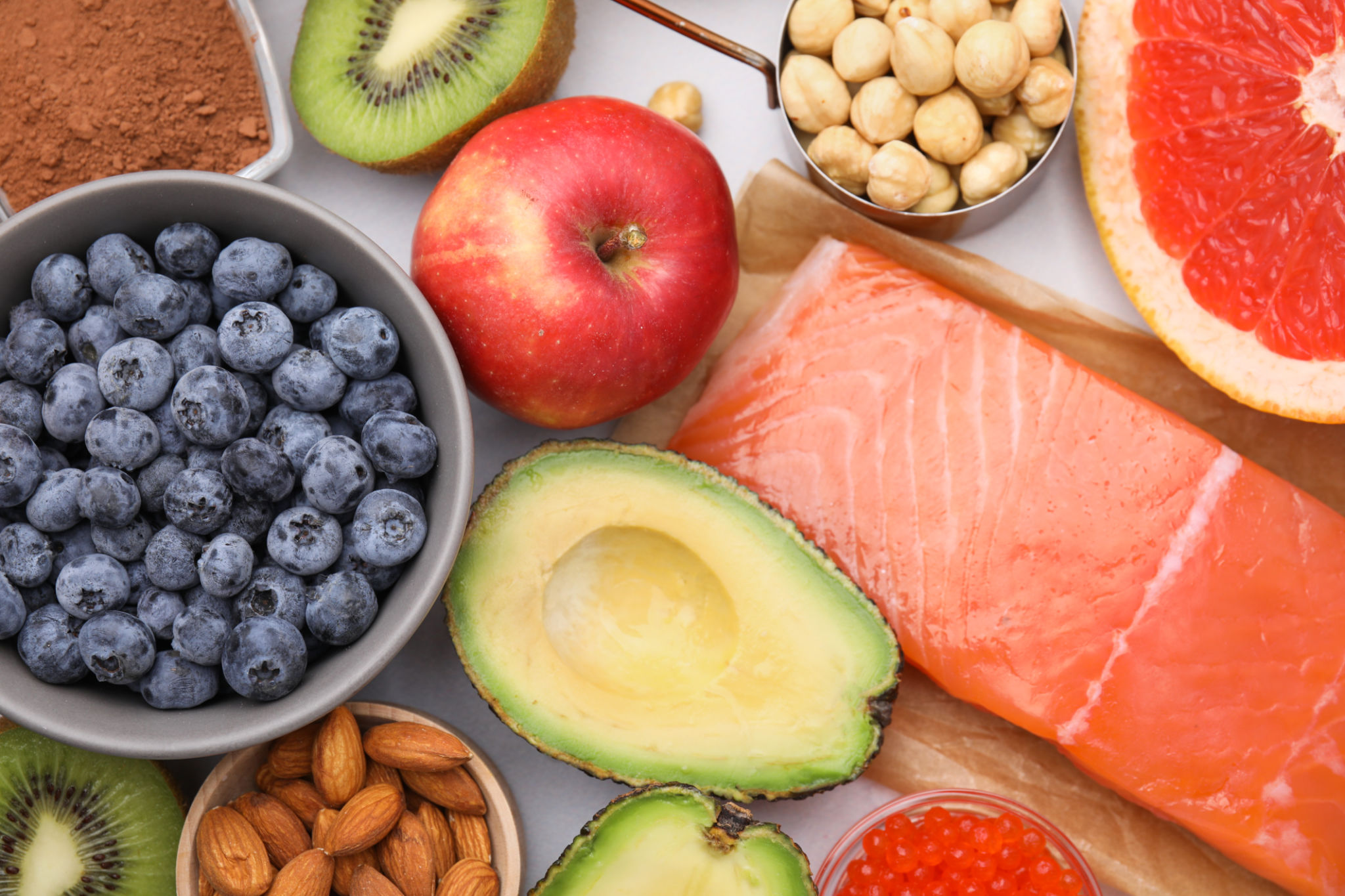How to Improve Your Athletic Performance in Dubai's Climate
Understanding Dubai's Unique Climate
Dubai's climate poses unique challenges for athletes, with its high temperatures and humidity levels. The summer months can be particularly intense, with average temperatures soaring above 40°C (104°F). Understanding how to adapt your training routine to these conditions is crucial for improving athletic performance while staying safe.
The first step is to familiarize yourself with the weather patterns and plan your training sessions accordingly. Early mornings or late evenings are the best times to exercise outdoors, as temperatures are relatively cooler. Additionally, incorporating indoor training sessions can help maintain performance levels without succumbing to heat-related fatigue.

Staying Hydrated
Hydration is a critical factor when training in Dubai's climate. The intense heat can lead to excessive sweating, increasing the risk of dehydration. It is essential to drink plenty of water throughout the day, not just during workouts. Consider adding electrolytes to your hydration routine to replace lost minerals due to sweating.
A good practice is to carry a water bottle with you at all times and take small sips regularly. Monitoring your urine color can also provide insight into your hydration levels; a light yellow color typically indicates adequate hydration.
Adapting Your Nutrition
Your diet plays a significant role in supporting athletic performance, especially in extreme climates. Focus on consuming a balanced diet rich in carbohydrates, proteins, and healthy fats to fuel your body adequately. Including plenty of fruits and vegetables will not only provide essential vitamins but also help with hydration due to their high water content.

Consider incorporating foods that are known for their cooling effects, such as cucumbers, watermelons, and mint. These can help regulate body temperature and prevent overheating during intense training sessions.
Adjusting Training Intensity
In Dubai's climate, it's crucial to adjust the intensity of your workouts to prevent heat exhaustion. Start with lower intensity exercises and gradually increase the intensity as your body acclimatizes to the heat. Pay attention to signs of overheating, such as dizziness or nausea, and take breaks as needed.
Utilizing interval training techniques can be effective in managing workout intensity. This involves alternating between periods of high-intensity effort and lower-intensity recovery, allowing your body to adapt more efficiently.

Utilizing Cooling Techniques
Employing cooling techniques can significantly enhance performance in hot climates. Wearing lightweight, breathable clothing made from moisture-wicking materials helps keep the body cool. Additionally, using cooling towels or ice packs during breaks can reduce body temperature quickly.
Pre-cooling strategies, such as taking a cold shower before heading outdoors, can also prepare your body for the heat. These methods can help maintain optimal performance levels even during the hottest days.
Leveraging Technology
Technology can be a valuable ally in improving athletic performance under challenging conditions. Consider using wearable fitness trackers to monitor heart rate, body temperature, and hydration levels. These devices can provide real-time feedback, allowing you to make informed decisions about your training intensity and hydration needs.

There are also several mobile apps available that offer personalized workout plans tailored for hot climates, helping you optimize your training regimen while considering environmental factors.
Rest and Recovery
Adequate rest and recovery are crucial components of any successful training program, especially in demanding climates. Ensure you get enough sleep each night to allow your body to recover fully. Incorporating rest days into your routine will prevent overtraining and reduce the risk of heat-related injuries.
Engage in activities like yoga or meditation to promote relaxation and mental resilience, which are important aspects of overall athletic performance.
